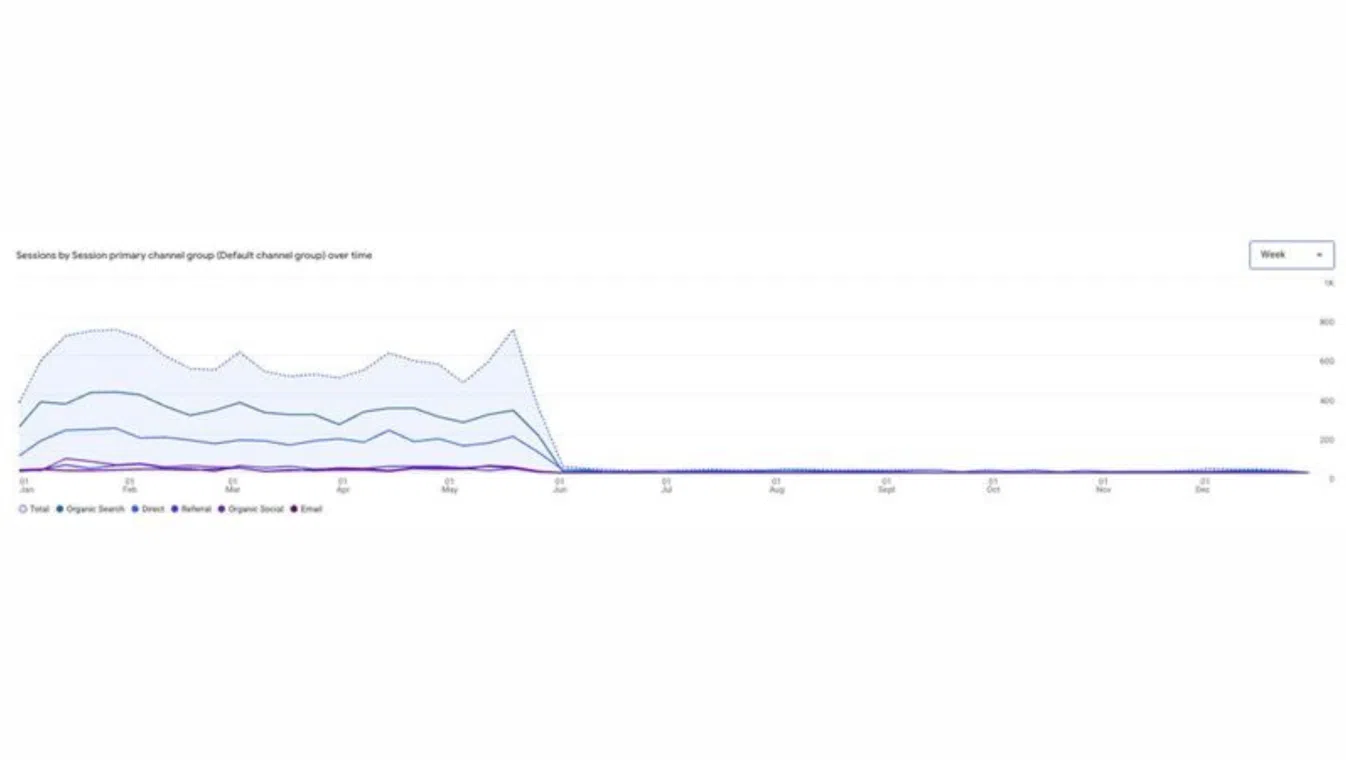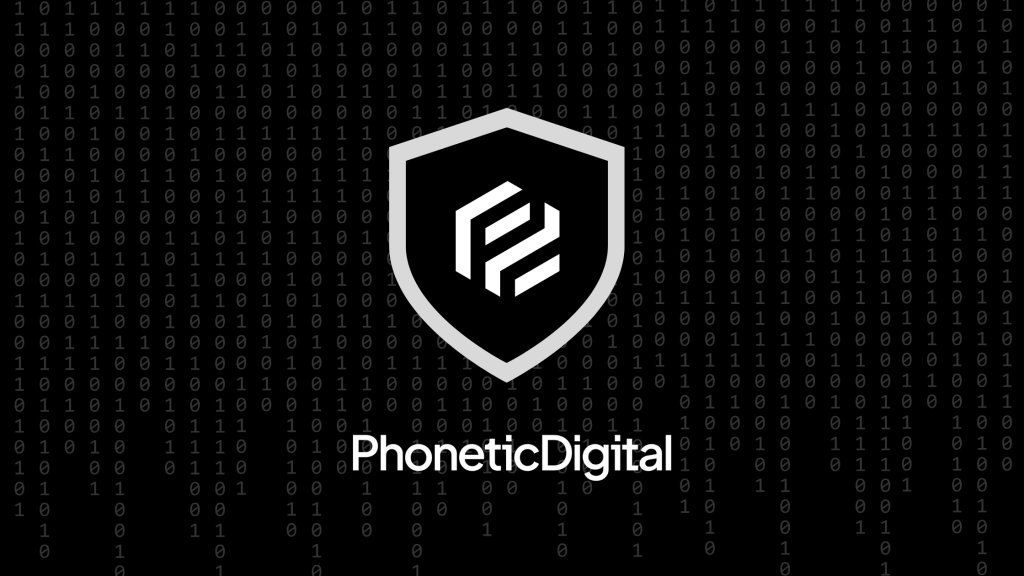When a user lands on your site, before they’ve even chosen a consent preference, google analytics sends data, but it does not process this data at this stage.
Let’s make this simple, if the user accepts your sites cookie agreement and gives consent, their pageview is then sent, processed, stored, meaning it then shows in reports. If the users denies their consent only anonymous pings are sent, these pings are only used for modelling and therefore do not show in reports.
Google Consent Mode Explained
What actually happens next, when someone clicks “no thanks” on your cookie banner? Well that’s exactly what Google set out to address with Consent Mode.
Put simply, Google’s consent mode refers to handling of users tracking preferences when visiting your site and interacting with a cookie banner.
How this works depends on how your cookie banner is implemented. Take a look at your sites cookie banner, does it have a simple accept/reject message, or does it have something more in depth?
Essentially:
- No cookie banner – Not having one at all puts you on the wrong side of the law and it’s not a great look when it comes to gaining users trust either.
- Just a simple yes/no button -It’s better than nothing, but still not cutting it. You need to give users proper options if you want to stay fully compliant.
- A full CMP control cookie banner – Now we’re talking. Let users choose what they’re consent to. It’s better for brand trust, transparency, and it makes sure you’re ticking all the legal boxes.
What is Consent Mode V2?
The latest version of Consent Mode, Version 2, was released in 2023 with a deadline of March 2024 for sites to comply. This latest version introduces some more advances features to allow for more detailed control of user’s preferences. For example, a user can easily choose to accept google analytics cookies only, without accepting google ads cookies.
If you are using Google Analytics you will need to be compliant with the rules around consent mode v2. This varies by country, but in places such as the UK and EU require you to have a “denied first” approach, requiring explicit consent to track the users on your site.
Without this, you will find services such as Google Analytics, Google Ads and Floodlight won’t work as expected and you will run into issues with remarketing campaigns, meaning your conversion data will be affected.
Why does this exist?
This isn’t just a tech tweak, it’s part of Google’s effort to fall in line with the EU’s Digital Markets Act. And while the DMA is EU legislation, it still affects UK businesses targeting EU users, meaning v2 is relevant well beyond EU borders and may still affect businesses across the UK.
In the UK, navigating cookie compliance isn’t just about ticking a few boxes. We’re working with a trio of rules here:
- The UK GDPR (which still largely mirrors the EU’s version post-Brexit)
- The Privacy and Electronic Communications Regulations (PECR)
- The Data Protection Act 2018
Together, they require clear, informed, and freely given consent before placing most cookies, especially the ones used for analytics or advertising.
What if I’ve already enabled consent mode?
Just because you’ve enabled Google Consent Mode in your Google Analytics settings doesn’t mean you’re automatically compliant.
You still need a proper consent management platform (CMP) that collects user consent in a way the ICO recognises as valid. You also need to make sure that you are collecting the consent mode preferences and passing them to Google Analytics, Google Ads and other services correctly to prevent data from getting tracked without permission.
Basically, if your users don’t understand or can’t easily withdraw consent, you could still end up on the wrong side of the law.
How Consent Mode v2 works
Version 2 introduces four binary signals, here’s how each signal works:
Analytics Storage (analytics_storage)
Allows Analytics cookies if granted
Ads Storage (ads_storage)
Allows ad-measurement cookies
Ads User Data (ads_user_data)
Tells google whether it may user -level ad data
Ads Personalization (ads_personalization)
Governs remarketing and personalised ads
If a user says no to certain cookies, Google’s tags won’t just carry on regardless, instead they’ll switch gears.
When any of the key signals are denied, the tags stop sending related cookies entirely. Instead, they fire off what Google calls “cookieless pings” which are little snippets of data that don’t contain personal info.
GA4 and Google Ads then use these to model behaviour and conversions later. It’s by no means perfect, but it’s how Google fills in the blanks while still respecting user choices.
The impact of v2 on GA4 Tracking
Setting up Consent Mode v2 brings some noticeable changes to how GA4 tracks user behaviour.
In particular, you may notice a drop in traffic to your site within your Google Analytics reports. This is because user data from visitors who do not consent to google analytics tracking cannot be added to your reports.
Instead, that visitor data is passed anonymously into a separate pot for use in modelling, where GA4 estimating the data using machine learning. The Consent Mode Impact report gives you a sense of what’s missing.
Expect sampling to kick in a little earlier too, as Google will have less data to work with and will instead look to modelling to fill in the gaps. Along with attribution shifts, especially with remarketing lists shrinking, which might nudge your cost-per-conversion up in Google Ads. While the modelled data helps fill the gaps, it’s not flawless
Getting Consent Mode v2 Working in Google Tag Manager
Most websites run their Google tags through GTM, which means it’s vital the container is properly set up to pass on consent signals. But there’s often some tricky parts which cause common slip ups.
For starters, if your gtag(‘consent’,’default’, …) call doesn’t run before any measurement tags, things won’t work as intended.
Duplicate tags are another culprit, adding the same script in your site header andGTM can cause consent signals to be missed altogether.
Then there’s the issue of third-party tags; if you haven’t mapped consent categories for every vendor, you’re running the risk of non-compliant data firing.
And if your templates haven’t had a refresh lately, you might be stuck on the old setup with some GTM templates still only supporting analytics_storage and ad_storage rather than the newer v2 signals.
Even if you’ve upgraded to server-side tagging to boost load speeds or hide tracking scripts, it’s no quick fix. You still need those v2 consent signals to be fully compliant.
A Wider Shift Towards Privacy First Marketing
Consent Mode v2 isn’t just a technical update, it’s part of the bigger shift to privacy focussed marketing.
For businesses serving customers in the UK and EU, upgrading can help with two key wins. Staying compliant with data laws like GDPR and PECR, whilst also preserving the insight that’s needed to run effective campaigns.
Get your consent setup sorted and your tracking can look like this again.

No more data gaps, no more guessing. Just solid insights.












